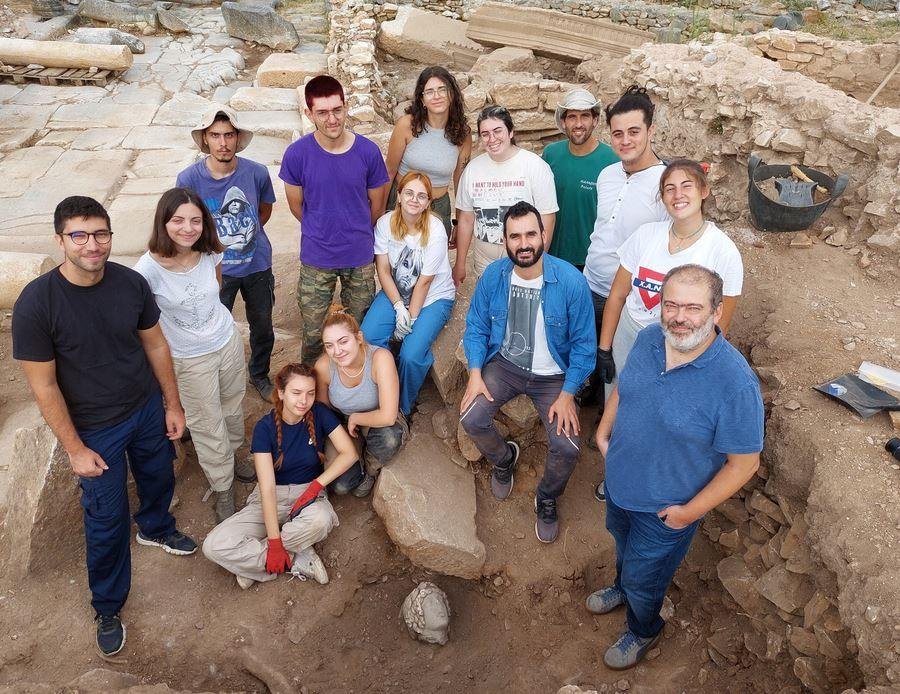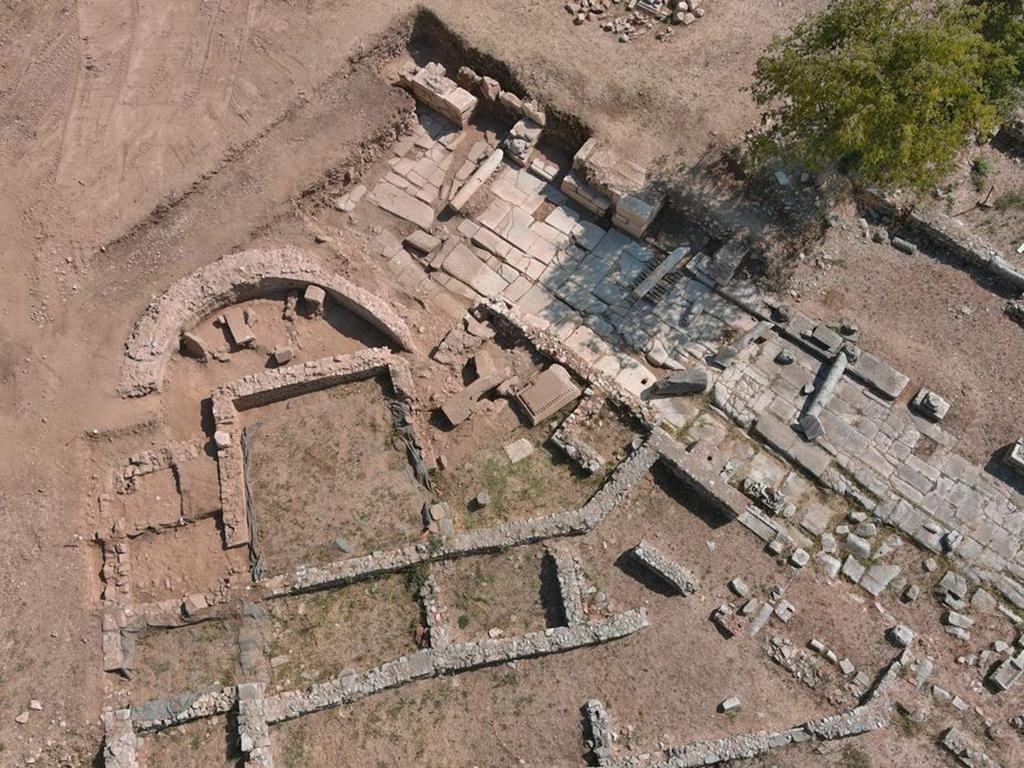In a recent excavation at the archaeological site of Philippi in northern Greece, students from the Aristotle University of Thessaloniki, under the supervision of Prof. Natalia Pouli, have uncovered a marble head believed to belong to the ancient Greek god Apollo.

The statue, dating back to the 2nd or early 3rd century CE, likely adorned an ancient fountain. Apollo, a prominent figure in Greek and Roman mythology, was revered as a god of various domains, including archery, music, healing, and prophecy.
Prof. Pouli led the excavation, which involved undergraduate, graduate, and post-graduate students from the university, along with Prof. Anastasios Tantsis and Professor Emeritus Aristotelis Mentzos.

Recent excavations have also revealed a marble-paved road, believed to have been in use during the Byzantine period, marked by the discovery of a coin bearing the likeness of Emperor Leo VI (886-912). The intersection of this road with another main street suggests the emergence of a plaza, dominated by an elaborately decorated structure, which researchers speculate to have been a fountain.

Among the notable discoveries in previous years was a statue of Hercules, depicting the mythical hero with a fragmented club and a lion, symbolizing his identity.
In 356 BCE, Philip II, the King of Macedon, established the ancient city of Philippi on the former Thasian colony of Crenides, situated by the shores of the Aegean Sea. Recognized for its remarkable Roman architectural remnants, its urban design echoing aspects of Rome, and its pivotal role in the early Christian movement, the archaeological site earned UNESCO World Heritage status in 2016.

The discovery of statues in public spaces reflects the way cities in the Byzantine Empire, including Philippi, were adorned with classical and Roman artwork until the late Byzantine period. This find reinforces our understanding of how public spaces were adorned in important cities of the Byzantine Empire.




























